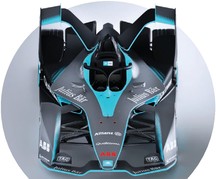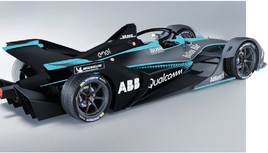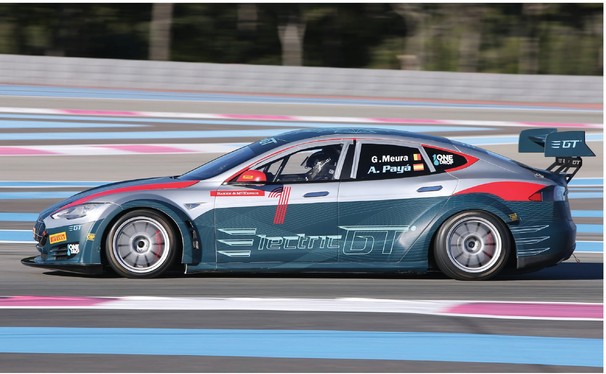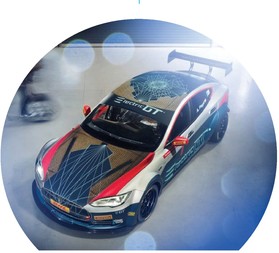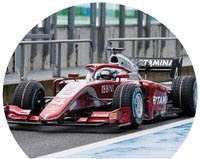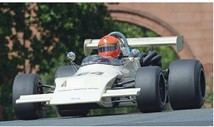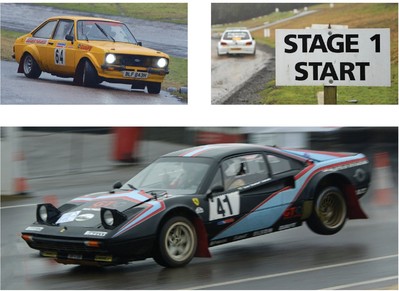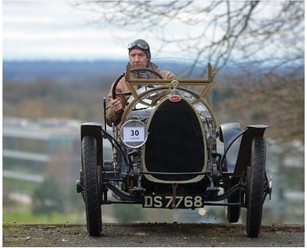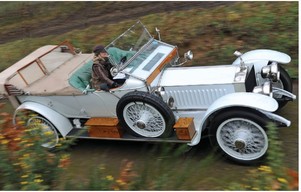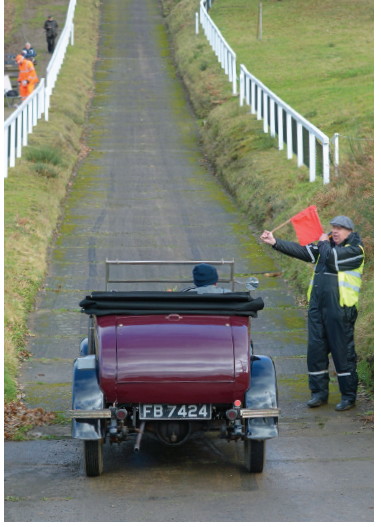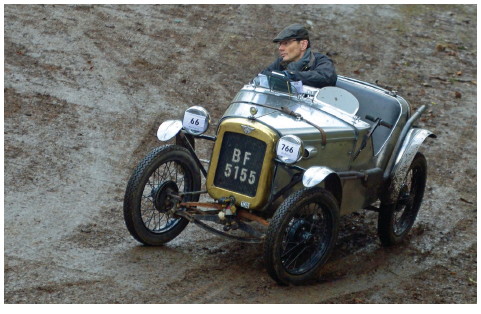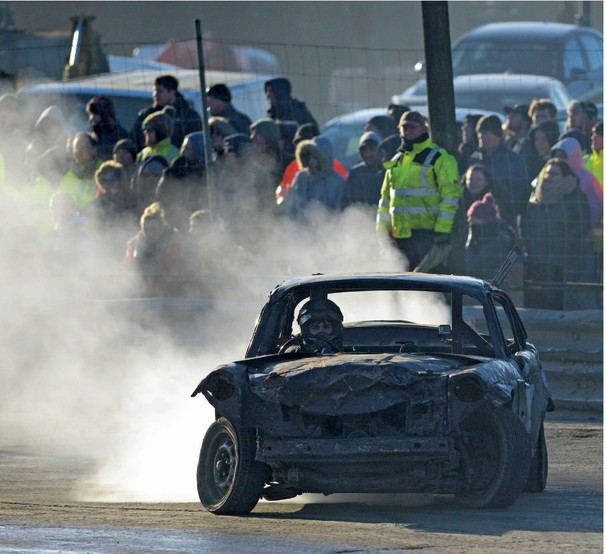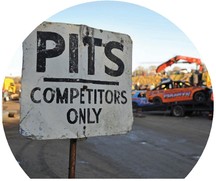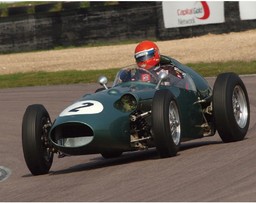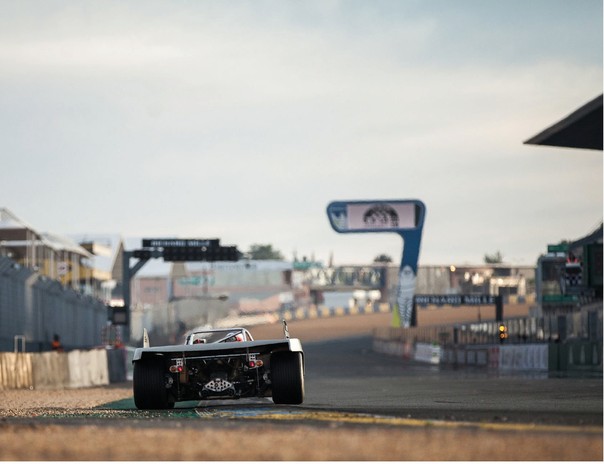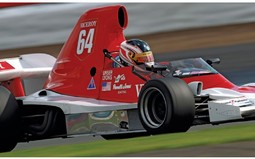Just as in a race when you are competing against a phantom – a driver many places separate from you but on a different pitstop strategy that will converge with yours at some point to put you on the same piece of track – so it can be in career terms. In this coming season Kimi Räikkönen and Charles Leclerc are rarely, if ever, going to compete wheel-to-wheel, but they will absolutely be fighting over the 2019 Ferrari drive alongside Sebastian Vettel.

Räikkönen, 38 years old, is going into the fifth year of his second stint at the Scuderia, his contract having been extended for one season at a time for the last three years. This time around he’s performed a very different role for the team than in 2007-09. Partly through the effects of time, partly management plan, his second stretch has been one of support – certainly since the recruitment of Vettel in 2015. Kimi was initially brought back to the fold as an insurance against Fernando Alonso leaving at the end of 2013, probably in the assumption that Kimi would be a ready plug-in provider of similar performance. As it turned out, Alonso stayed for one more year, during which he completely annihilated Räikkönen.
That season changed the internal perception of Räikkonen’s value to the Scuderia. He still had one, but it was different to that originally envisaged. The cutting edge of speed he once possessed was dimmed, but he was a seasoned old hand, didn’t make waves, said nothing controversial to the outside world, a team player providing a solid bass line.
If he could be provided with a quick car, he was still comfortably quick enough to back up the number one. In this way, with Sebastian Vettel recruited to replace Alonso, the team could revert to its preferred number one/number two structure. Even though this has never been specifically spelt out, it’s been evident in the way the team has operated, with Räikkönen never on the prime race strategies, often staying out well beyond the optimum stop time in order to be tail gunner for Vettel’s strategy. In the second half of 2016, there were several occasions when Räikkönen was running ahead but pit timing strategy was used to spring Vettel in front. These favours were never reciprocated.
But nothing stays the same forever. Räikkönen’s presence there works as an extension of the dynamic around Vettel. But at some stage Vettel will be gone, too. There needs to be a succession plan, ideally with some overlap. Which is where Leclerc could come in.
It would be no exaggeration to say he has looked fantastic in his junior career, his speed and style marking him out potentially as a ‘special one’. But that was true of McLaren’s Stoffel Vandoorne too, and in his first full season last year he found out just how tricky F1 can be. He’s probably good enough to come out the other side of that tough baptism, but Vandoorne’s experience highlights the risk of putting a gifted rookie in a top team alongside a top driver in this era of restricted testing. Leclerc’s seat at Alfa-Romeo Sauber, as a Ferrari junior driver, is the perfect introduction. If that special quality is still visible there and he maintains that momentum of perception, he’s perfectly placed to make the switch to the main team in 2019, alongside Vettel – and Ferrari’s succession plan is then in place. As a bonus it would make for a touching story of maintaining the thread with Jules Bianchi, the late Ferrari junior driver who was a close friend of Leclerc’s from childhood and who had been set to follow the Ferrari-backed Sauber path that is now Leclerc’s.
But if Leclerc, against expectations, doesn’t create waves in his Sauber, doesn’t regularly deliver drives that transcend his machinery, what then? Another extension for Räikkönen? Or Daniel Ricciardo, currently in the final season of his current Red Bull contract? There are people in a position to know who stated categorically that Vettel had a number one contract with the veto over team-mate choice. But that was before he’d reached his new three-year deal with the team last year. Do those conditions still hold true? And if they do not, does Ricciardo have a realistic shot at that drive?
The last time they were paired, in 2014 at Red Bull, Ricciardo handily outperformed Vettel over the season and it was noticeable that, as Ricciardo spoke last year of his career choices, he made reference to the fact that Seb probably wasn’t keen on having him as a team-mate again. Were these comments made in frustration? There then followed a few sugar-coated but barbed observations from Ricciardo, the latest of which is that Max Verstappen is ‘the first team-mate to challenge me’. Is this Ricciardo laying down the gauntlet to Vettel?
In many ways Ricciardo is a less ideal fit for Ferrari than if Leclerc shows himself to be imbued with Verstappen-like ability to perform at the top level in his first season. Not only because a Vettel-Ricciardo pairing might be contractually impossible to engineer, but also because it gives a less clear succession. At 28, Ricciardo is only two years younger than Vettel. Leclerc is 20. Besides, from Ricciardo’s perspective, if he wishes to leave a Red Bull team that appears to have aligned its future with Verstappen, there’s probably an easier fit for him at Mercedes than Ferrari. Räikkönen’s been there/done that demeanour probably won’t have him checking upon Leclerc’s Sauber lap times at the end of each race weekend, and each season is a bonus for him at this stage of his career.
But a sequence of eye-catching performances in that Alfa-liveried C37 could be the springboard to Leclerc becoming the next in the Schumacher-Alonso-Vettel lineage of totemic Maranello heroes.
Since he began covering Grand Prix racing in 2000, Mark Hughes has forged a reputation as the finest Formula 1 analyst of his generation

